
Become a member
Join today and help protect nature, beauty and history – for everyone, for ever. Enjoy access to more than 500 places with National Trust membership.
Beatrix Potter's farmhouse retreat: the inspiration for her little books.
Near Sawrey, Cumbria, LA22 0LF
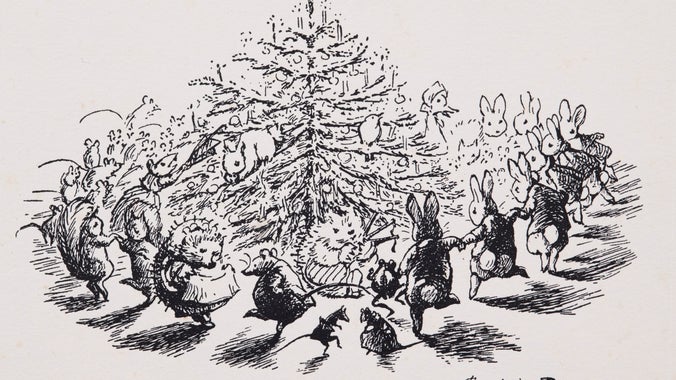
| Asset | Opening time |
|---|---|
| House | Closed |
| Garden | Closed |
| Shop | Closed |
| Ticket type | With Gift Aid | Without Gift Aid |
|---|---|---|
| Adult (18+) | £18.70 | £17.00 |
| Child (5-17) under 5s free | £9.40 | £8.50 |
| Family (2 Adults and up to 3 children) | £46.80 | £42.50 |
| Family 1 adult | £28.10 | £25.50 |
Assistance dogs only in the house. Dogs on leads are welcome in the garden.
Our second-hand book nook is located in the Visitor Reception.
Limited capacity in the car park. Please book your Hill Top tickets in advance. Due to the nature of the site, an accessible parking space is located at the farmhouse. Please ask at Visitor Reception for details.
Cycle parking is located outside Visitor Reception. Ask at the Visitor Reception if you want to borrow a lock. Puncture repair kit also available on request.
Situated in the orchard including accessible picnic benches.
Shop is located at the bottom of the orchard and has a selection of unique products available.
Baby items and feminine hygiene available free.
Unfortunately there is no wheelchair or step free access to the upper floor of the house. A video of the upstairs rooms are available on a tablet. Some steps into and out of the garden and uneven surfaces. Braille & large print guides are available from house entrance. Tactile tour available also. Please ask at house front door if you would like this. Ramp available for shop entrance. Ear defenders are available if you'd like to use them.
Located in the Visitor Car Park (radar key available from Visitor Reception).
Braille guides are available at the House upon request. Braille copies of Beatrix's tales are located in the Visitor Reception.
Due to the nature of the site, accessible parking is located at the farmhouse. Please ask at Visitor Reception for details.
Due to the nature of the site, accessible drop off point is located at the farmhouse. Please ask at Visitor Reception for details.
At till points inside Visitor Reception and the Shop.
Window seats available inside Hill Top. Benches and accessible picnic available in the orchard.
Four steps up to enter the site. Cobbled path up to Hill Top from the site entrance. Alternative smooth path available to use. Stairs to the upper level of Hill Top.
All terrain wheelchair available at Visitor Reception.
If you are travelling here by car you will need to book in advance to guarantee a parking space. Read this article to find out everything you need to know if you are planning a visit to Hill Top,

We want to make sure that Hill Top is equally accessible for all visitors and are taking taken steps to ensure that as many people as possible can experience Hill Top’s story.
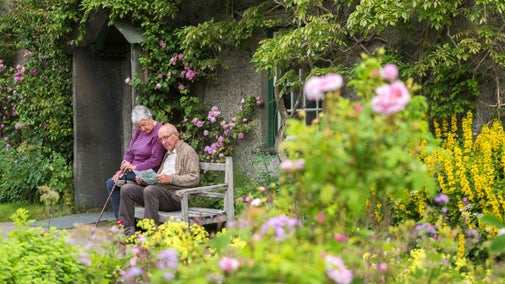
Find out which areas of Hill Top you can explore with your dog. Hill Top is a one pawprint rated place.

See behind the scenes at Beatrix Potter’s Hill Top, with BBC2's Hidden Treasures of the National Trust on BBC iPlayer.

Beatrix Potter's farmhouse retreat: the inspiration for her little books. Full of her favourite things, it was the place that inspired her stories and her love for the Lake District.
Informal flower beds planted in the English cottage-garden style, with flowers and vegetables. Look out for scenes from Beatrix Potter's little white books.
Cosy coffee cabin in Beatrix Potter’s orchard, serving baked goods, savoury snacks, locally roasted coffee, teas and hot chocolate.
A small treasure trove of unique products. Every penny that you spend in our shop helps us to look after Hill Top for everyone, for ever.
Pre-loved hardbacks, paperbacks, magazines and children's books for sale in the Ticket Office Second-Hand Book-nook. All money raised goes directly back into looking after Hill Top.
The Dixons, who have farmed at Hill Top for thirty-five years, run farm tours on selected dates, offering a rare opportunity to catch a glimpse of the working Lakeland farm as it is today. *This event is run externally by our tenant farmers but can be booked at the Hill Top visitor reception.
Tabitha Twitchit’s Bookshop can be found in the nearby village of Hawkshead. This standalone 2nd-hand bookshop occupies the former Beatrix Potter Gallery. This historic building begins a new chapter celebrating stories, community, and the enduring legacy of Beatrix Potter.
Discover one of Beatrix Potter's favourite places, Moss Eccles Tarn, in the Lake District, Cumbria that inspired her writing.

See Beatrix Potter’s house as she wanted you to see it. It’s filled with her belongings and you can match up illustrations from her books with scenes there today.
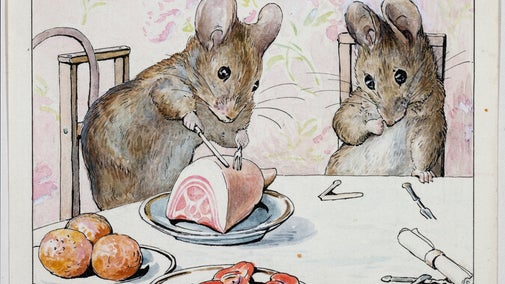
Discover Beatrix Potter's garden, restored to how it was in her time, with the carefully tended vegetable plot and views of the pretty cottage garden from the famous path.
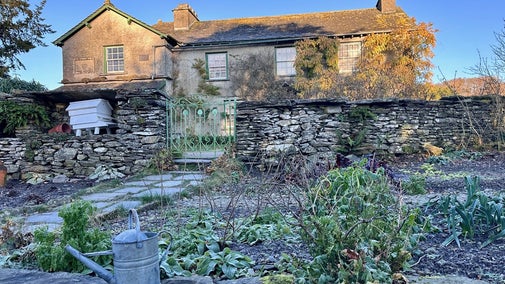
From ages 15 to 30, Beatrix Potter kept coded journals, using an invented coded cypher system. Now, on display for the very first time at Hill Top are several pieces of newly transcribed code-writing.
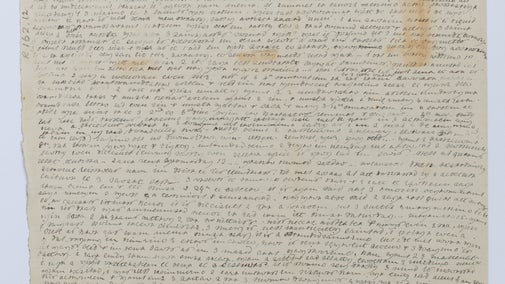
See behind the scenes at Beatrix Potter’s Hill Top, with BBC2's Hidden Treasures of the National Trust on BBC iPlayer.

Step inside the charming world of Tabitha Twitchit's second-hand bookshop in Hawkshead, where every shelf holds a story. Come in and wander round, browse and lose yourself in the quiet magic of well-loved pages and forgotten treasures. Whether you're hunting for a childhood favourite, a holiday read, or simply something unexpected, you'll find it nestled among the nooks and crannies of this cosy literary haven. It's the kind of place you’ll want to return to again and again.

The Tale of Two Bad Mice comes to life at Hill Top, with little needle-felted mice in various mischievous scenes around the property for you to try and spot.
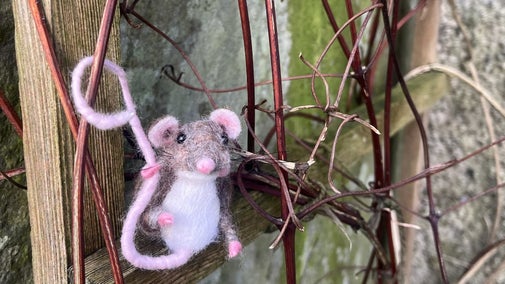
This display explores how Beatrix drew inspiration for her tales from the pets and people in her life and celebrates the layers of imagination within this special story.
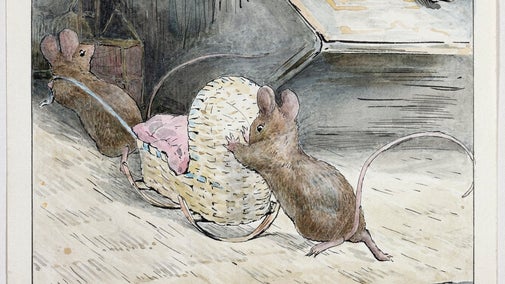
The Hill Top shop has a variety of gifts inspired by Beatrix Potter and her life in the Lake District.
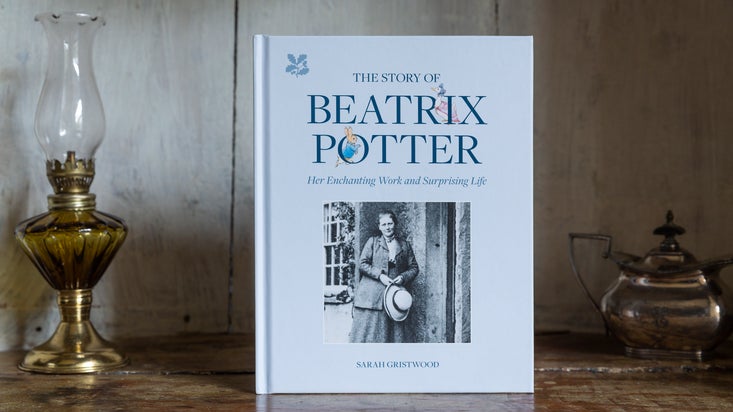
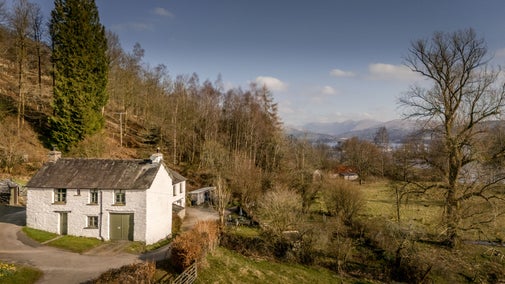
Sitting on the western shore of Lake Windermere, this first floor apartment is a cosy retreat.
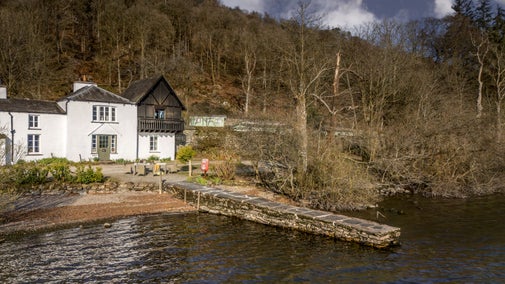
A simple lakeside retreat for an uplugged holiday, with a jetty to launch your canoe or kayak in Windermere.
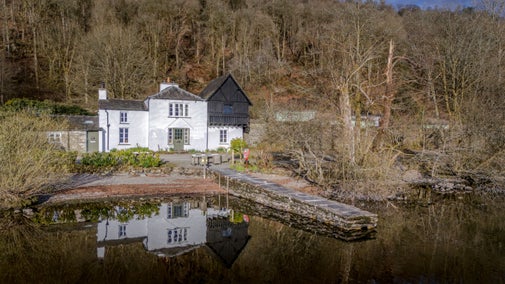
A simple lakeside retreat for an uplugged holiday, with a jetty to launch your canoe or kayak into Windermere.

A 1930s log and stone cabin high above Lake Windermere with a sun terrace and great views.
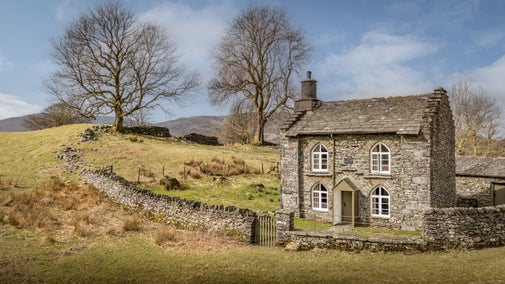
A two-bedroom cottage just above Tarn Hows with heaps of character in the heart of the Lakes.

By Windermere, England’s largest lake, surrounded by things to do and places to visit.
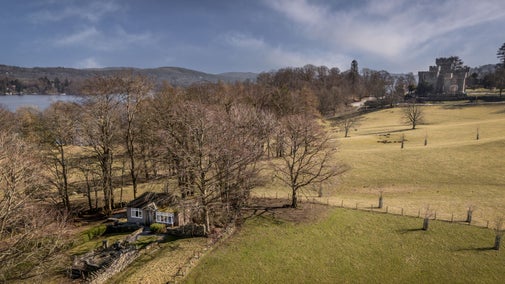
A cosy house in the old kitchen garden of Wray Castle with views of stunning scenery all around.
Send Beatrix Potter a letter about your connection to her, her stories, and the Lake District that she loved and was inspired by.
Head to Tabitha Twitchit's Bookshop during the Hawkshead Christmas Fair for festive crafting.
Get crafty with The Knotted Project Theatre Company during half-term at Tabitha Twitchit's Bookshop in Hawkshead!
Enjoy the tale of Beatrix Potter by visiting Hill Top. Full of her favourite things, it was the place that inspired her stories and her love for the Lake District.
The lovely cottage garden is a haphazard mix of flowers, herbs, fruit and vegetables. Make your way up the garden path to the front door and see for yourself why Beatrix loved this place. Bought in 1905 with proceeds from her first book, the Tale of Peter Rabbit, she used Hill Top itself and the surrounding countryside as inspiration for many of her subsequent books.
Pre-booking is required for your visit (applicable to all visitors, non-National Trust Members and National Trust members) Tickets are available via our online booking system where you choose a timed slot for arrival. You can pre-book tickets online up to a few minutes before each timeslot and up to two weeks in advance. Hill Top is a traditional Lake District cottage, and the car parking facilities are small with limited capacity so we cannot accommodate camper vans or motorhomes in the car park.
Discover how Beatrix Potter’s Victorian upbringing and fascination with animals culminated in a successful career as an author and illustrator and a passion for conservation.

Explore the stories behind the illustrations, sketches and letters of this legendary author, preserved by the National Trust at her former home in the Lake District.

The Royal Oak Foundation Conservation Studio helps care for a large number of objects from National Trust properties across the country. See The Conservation Studio on BBC Two’s Hidden Treasures of the National Trust

Discover the literary connections to some of the special places in our care
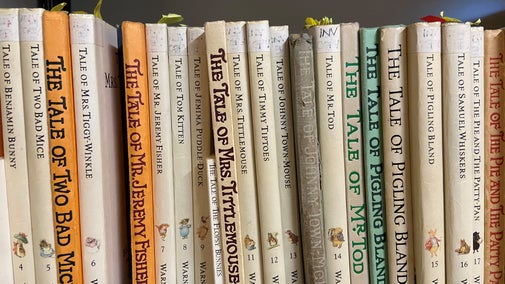
Search for live volunteering opportunities, or register your interest with Hill Top.


Join today and help protect nature, beauty and history – for everyone, for ever. Enjoy access to more than 500 places with National Trust membership.
By sharing your email address you’re agreeing to receive marketing emails from the National Trust and confirm you’re 18 years old or over. Please see our for more information on how we look after your personal data.